Blog
How to Fix Windows 10 Freezing During Startup
Turn Off Fast Startup
Fast startup is a Windows feature designed to speed up boot time. However, since it changes how the system shuts down, turning it off may help resolve freezing issues.
To do this, open Windows Search, type Control Panel, and open it. Navigate to System and Security > Power Options. In the left sidebar, click Choose What the Power Buttons Do. On the next screen, click Change Settings That Are Currently Unavailable at the top. Then, uncheck the Turn On Fast Startup (Recommended) option and click Save Changes.
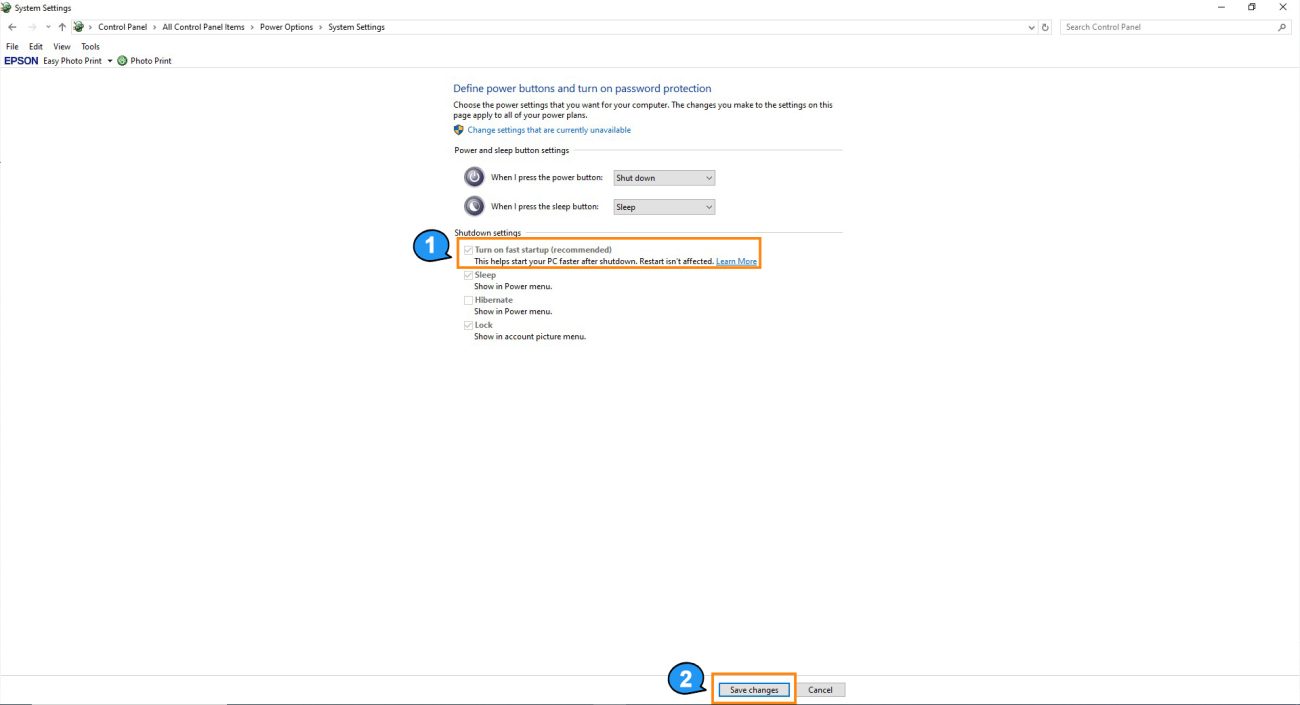
Disconnect Connected Devices
If you’ve recently connected a new hardware device to your PC, it could be causing the freezing issue. Some devices may not be fully compatible with certain versions of Windows, leading to unexpected problems.
To troubleshoot, disconnect any recently added devices from your PC. You only need to keep essential peripherals like your mouse and keyboard connected.
If your computer stops freezing after disconnecting the devices, they are likely the cause. Contact the manufacturers for support or refer to the user manuals for further guidance.
Disable Startup Apps
Another common reason for freezing during startup is a malfunctioning startup app. Some apps automatically launch when you start your computer, and one of them may be causing the issue. To identify the culprit, disable all startup apps, then re-enable them one by one.
To do this, right-click the Windows taskbar and select Task Manager. In Task Manager, click Startup Apps on the left sidebar. In the right pane, right-click each app with “Enabled” under the Status column, and select Disable.
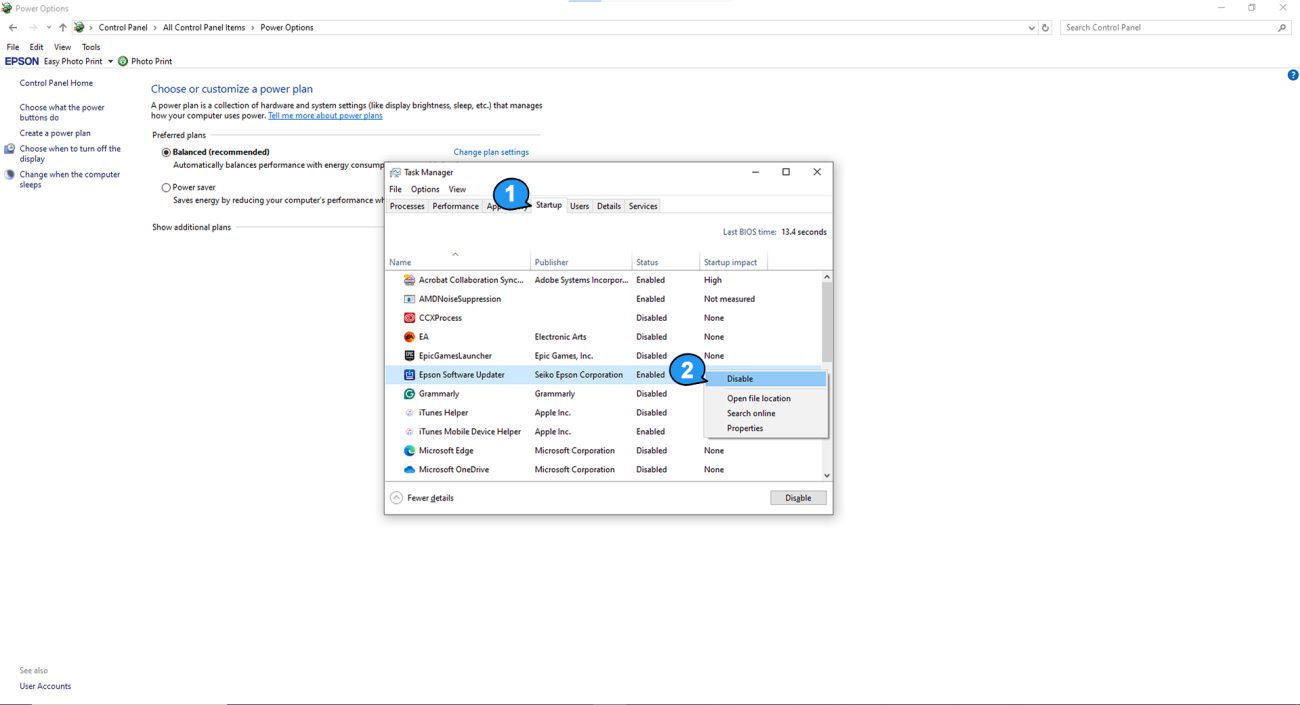
Close Task Manager and restart your Windows 10 PC. If the issue no longer occurs, begin enabling one startup program at a time to identify the problematic app. Once found, update or uninstall the app from your system.
Update Graphics Card Drivers
Since your graphics card drivers load when you start your computer, outdated or faulty drivers can cause the system to freeze. Updating the drivers can help resolve this.
Here are a few ways to update your graphics card drivers:
Method 1: Using Device Manager
You can automatically find and install the latest graphics drivers through Device Manager. To do this, open Windows Search, type Device Manager, and open the utility.
In Device Manager, expand Display Adapters, right-click your graphics card, and select Update Driver.
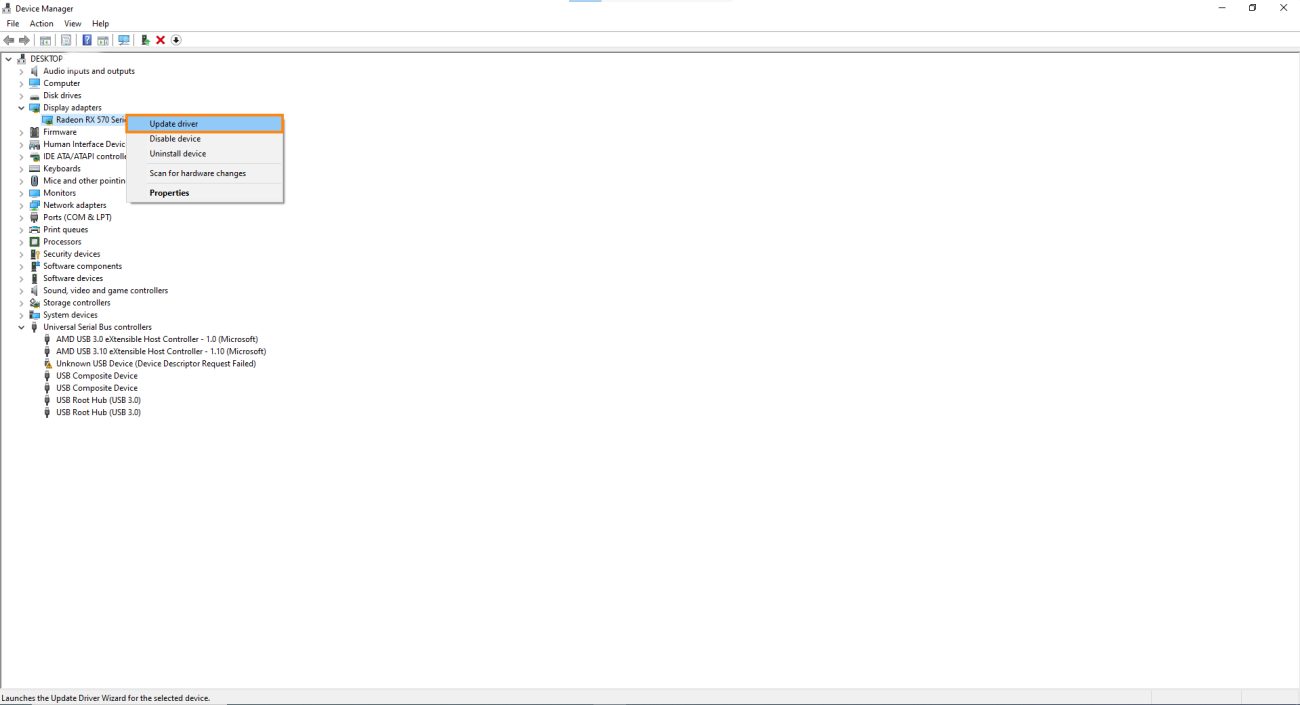
Method 2: Using the AMD Website
If your PC uses an AMD graphics card, you can download and install the latest drivers directly from the AMD website. Here’s how:
Open your web browser and go to the AMD Drivers page. Select Graphics, then choose your specific graphics card model from the list, and click Submit.
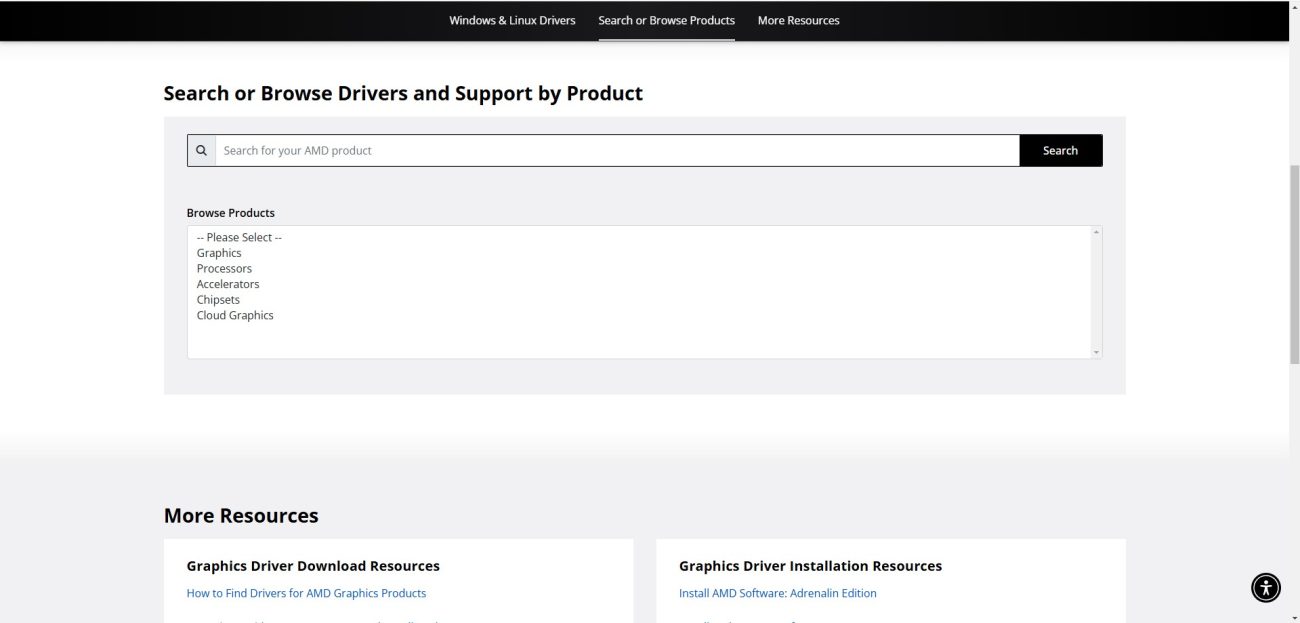
Expand the section for the correct driver package, click Download, and then run the downloaded file to update your drivers.
Update or Roll Back a Windows Update
If your PC started freezing after a recent Windows update, that update could be causing the issue. In this case, rolling back the update may solve the problem. On the other hand, if you haven’t updated your system in a while, installing the latest updates can fix any existing bugs.
Roll Back an Update
To roll back a recent update, press Windows + i to open Settings. In the left sidebar, select Windows Update, then click Update History on the right. Scroll down and choose Uninstall Updates.

Next to the most recent Windows update, click “Uninstall.”
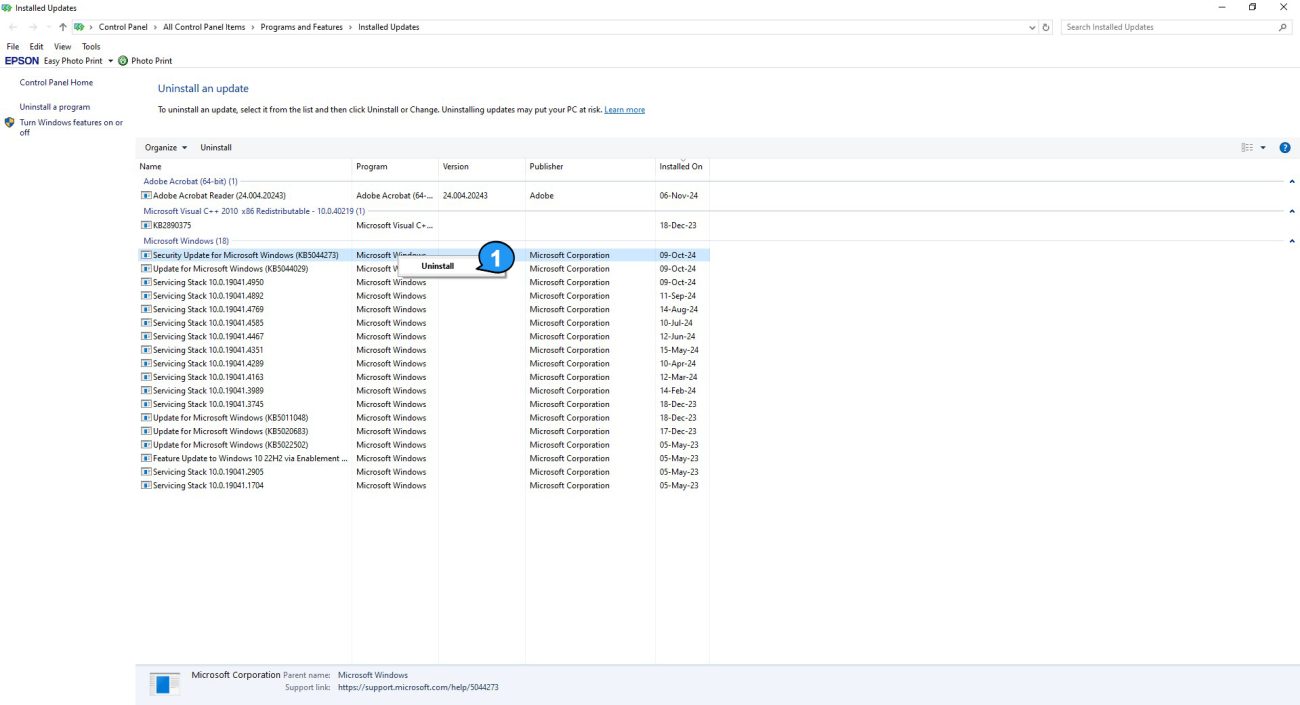
Use System Restore
If your system started freezing after making changes, you can use System Restore to undo those changes. This tool lets you revert your system to a previous state before the issue occurred.
To use it, open Windows Search, type Recovery, and select it from the results. Then, click Open System Restore on the next page.
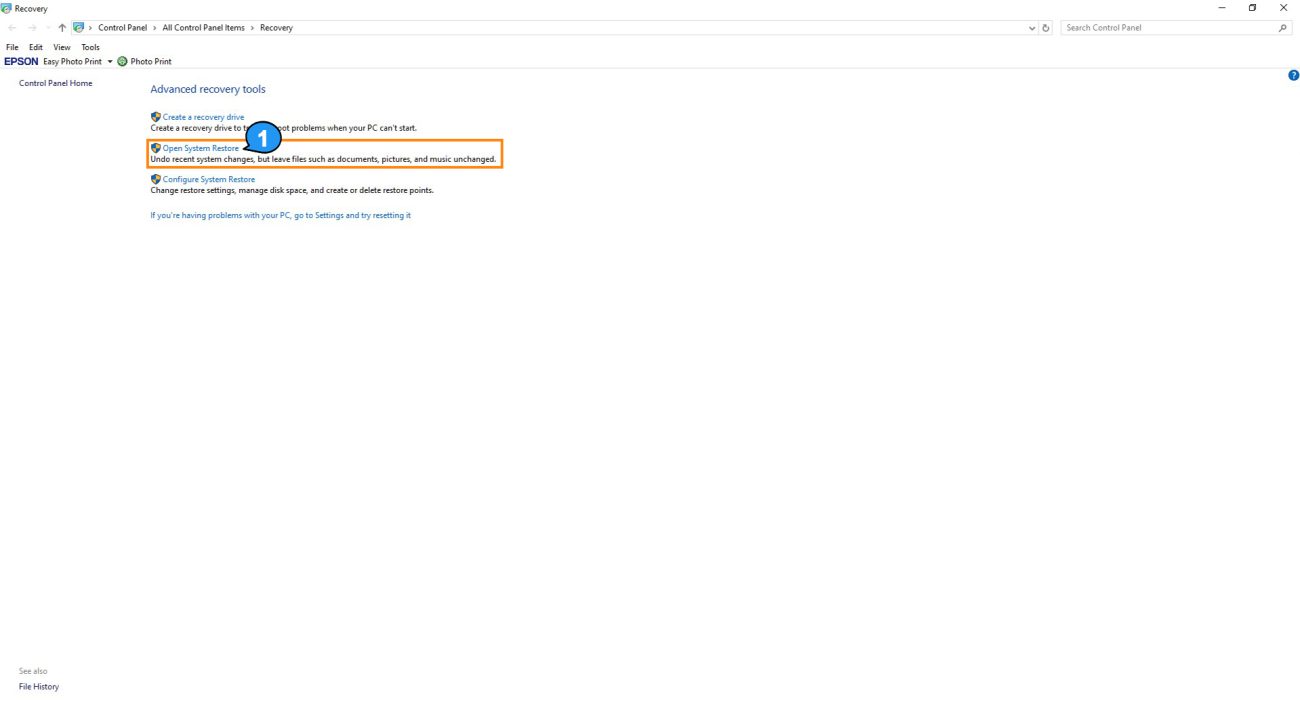
Select “Next,” choose the most recent restore point on the list, click “Next,” and choose “Finish.”
Experience the full power of Windows 10 Pro Key – get a legitimate key at the lowest price now!